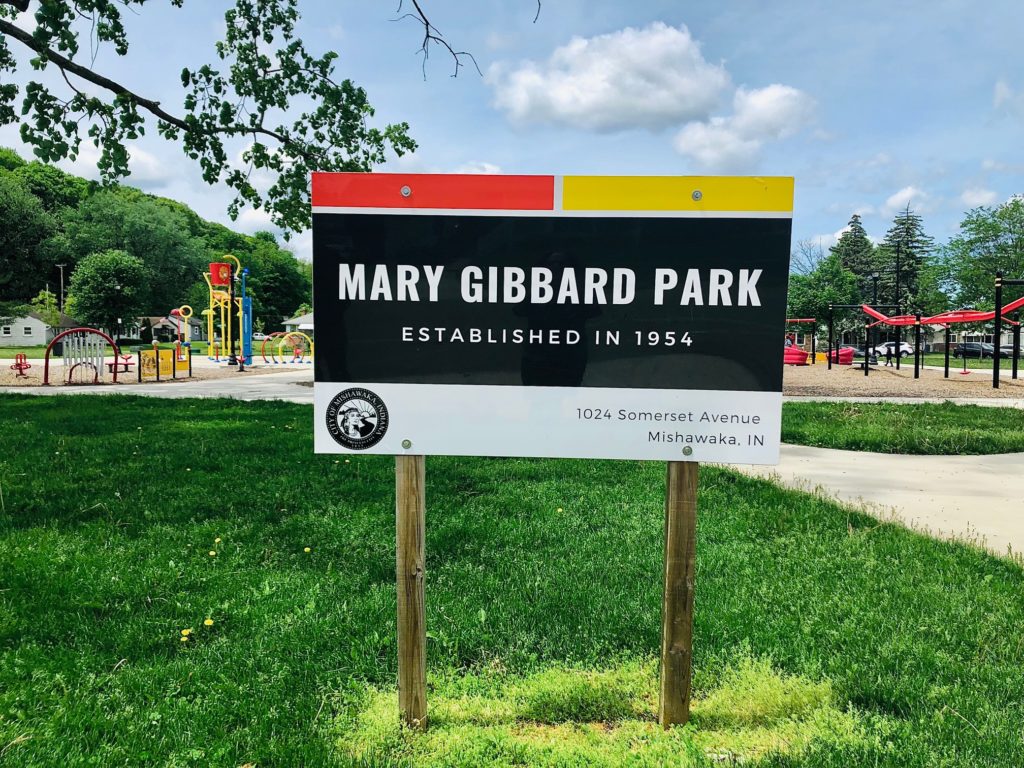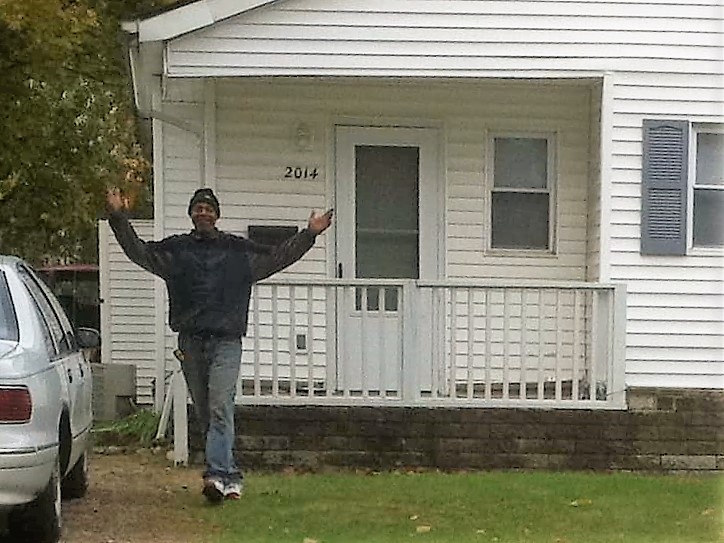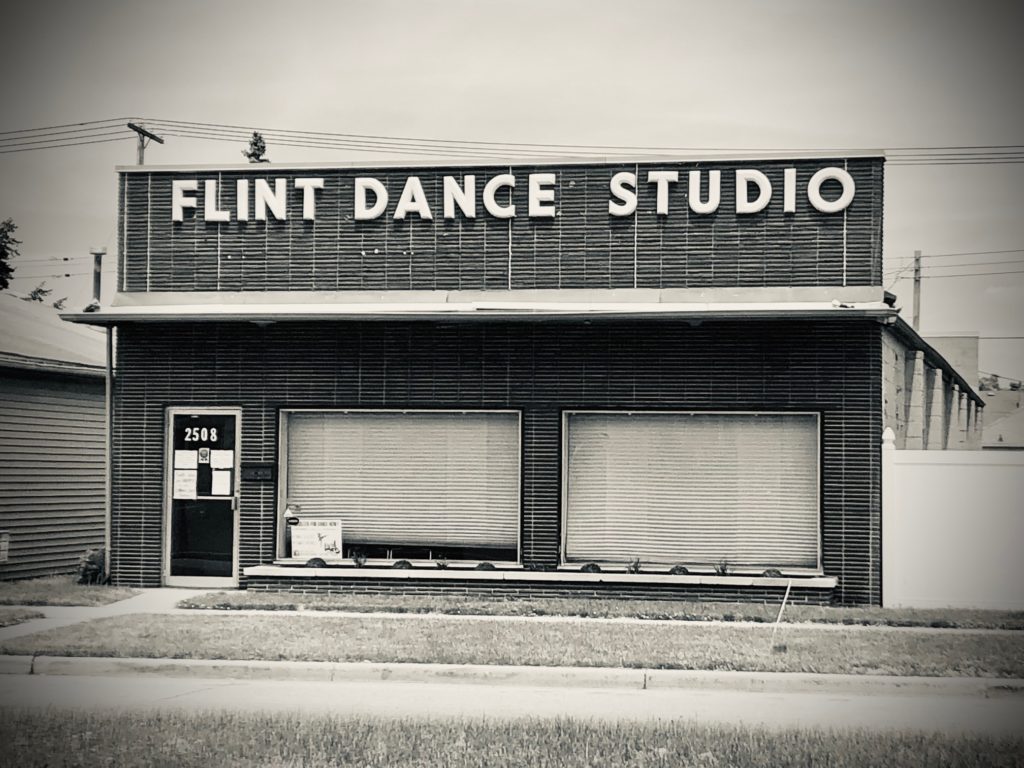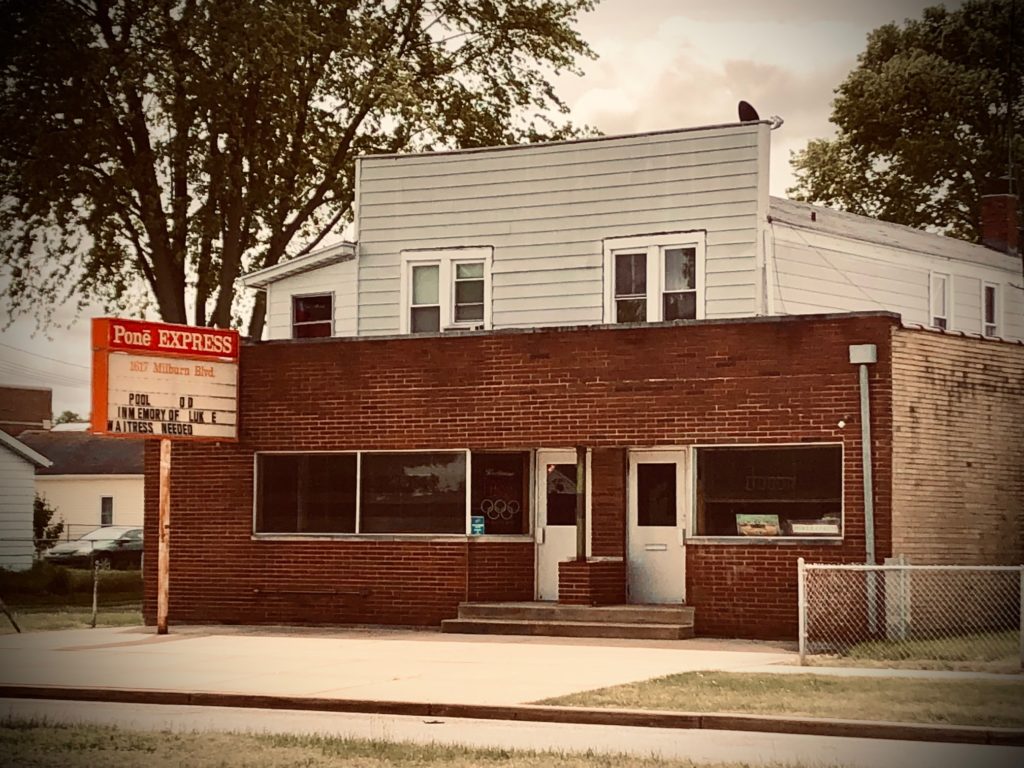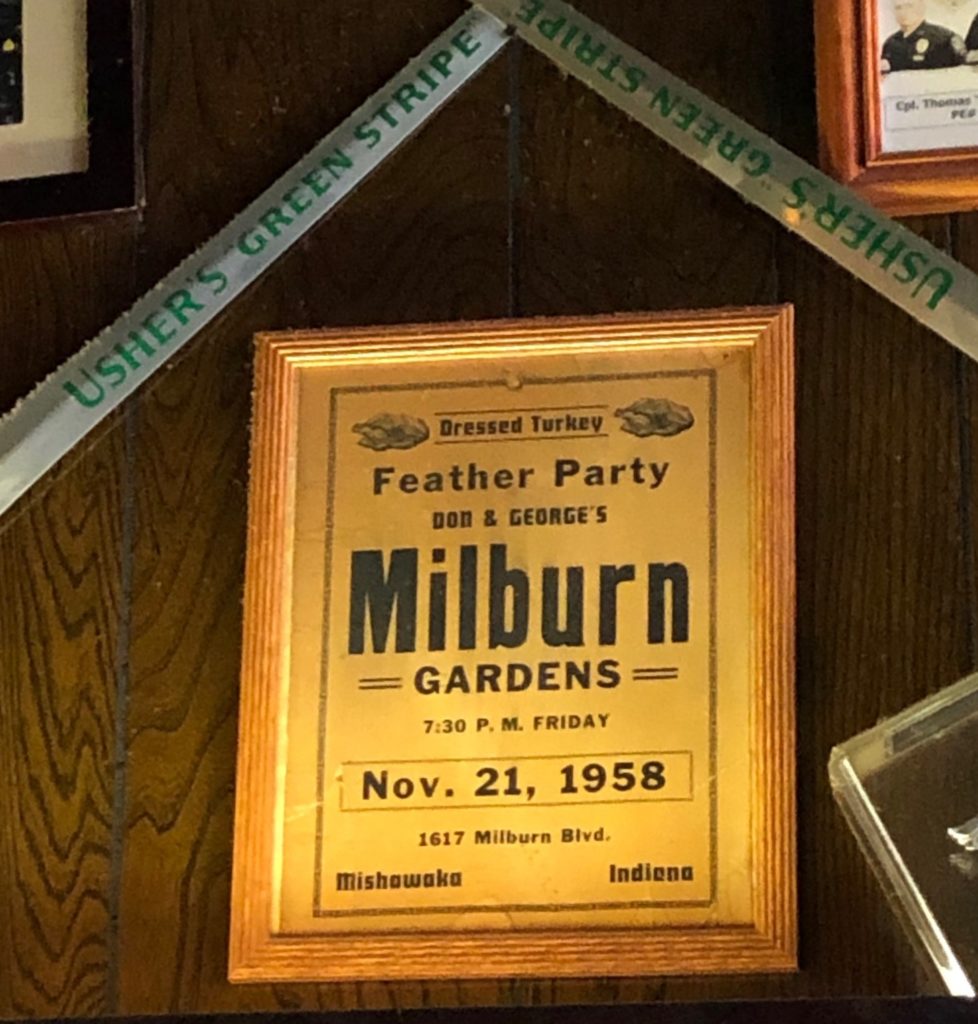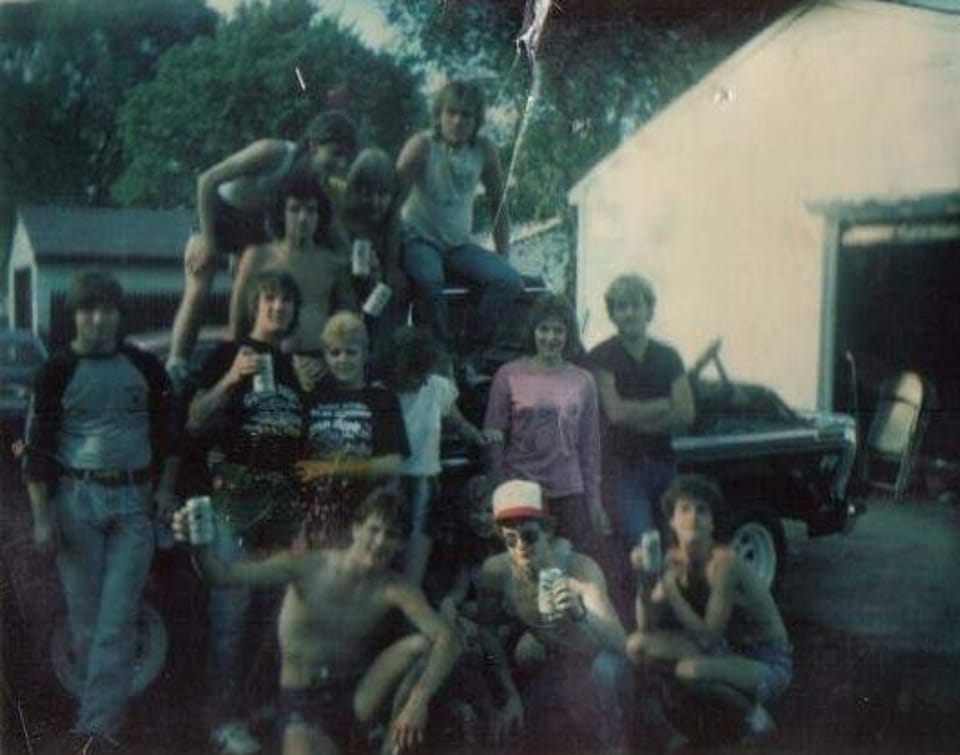The modern era: 1980s - present
By the mid-1980s, residents started lamenting that the neighborhood was once again living up to its former moniker, and it was again becoming one of the roughest neighborhoods in the city. Neighbors complained that not only would they not let their children go to Mary Gibbard Park, but they would not even go there themselves. Cited were late-night loud music, underage drinking, drug usage, syringes scattered, speeding cars, and broken bottles. The zenith of shenanigans happened when a crowd of 150 people gathered in the park over Memorial Day weekend in 1988. Five police vehicles arrived on the scene and the officers arrested four people, but due to lack of manpower they were not able to keep up with the activity there. The city council determined that closing the parking lot at night and installing more lighting might be a good deterrent for nefarious activity.
While the period during the mid-to-late 1980s was unruly, much of the turmoil was diminished in the following years. Vigilant neighbors, increased street lighting, and a stronger police presence led to a secured environment where residents would feel safer and more comfortable. While Hooligan Heights has experienced both the trials and triumphs of a small urban neighborhood over the last thirty years, it has settled into a relative tranquility. Residents today would undoubtedly recoil at the strife of yesteryear. The quiet streets in the mile-long stretch between Logan and Ironwood are lined with modest and well-kept homes, housing steadfast denizens of Mishawaka. The more genteel residents would like to eradicate their affiliation with hooligans and would prefer a more respectable designation, such as the “Mary Gibbard Neighborhood.”
Today, over one hundred stormy years later, a great deal of transformation has happened. A Mishawakan of the 1920s would not recognize “Floral Park” in the 2020s. No longer is the area limited to Caucasians; all are welcome. As of the 2020 Census, eight percent of Mishawaka’s population is Black, up 100% from twenty years prior. While it is still far from the national average, the obsolescence of racially restrictive covenants has had an impact in Hooligan Heights and the rest of the city.
A 1920s Mishawakan not only be surprised by the demographics of the neighborhood; they would also be surprised by its physical appearance. While hundreds of homes were built between 1900-1960, a good portion of the land remained vacant. Additionally, a significant amount of the homes built before 1960 were razed in the LaSalle project, creating even more vacant space. In the 1960s-1970s, new residents built homes on the remaining empty lots, creating the feel of a denser urban community. Wide open spaces no longer exist; all parcels are now completely settled with occupied and tidy homes. Streets are paved and maintained, with functional sewers. Sidewalks are omnipresent. The tents, shacks, and squalor are long gone.
While much has changed, one of the most important recent developments involves a treasured amenity. In 2018, Mary Gibbard Park underwent an extraordinary upgrade. While some locals bemoaned the loss of the 60-year old pool from the urban renewal days, many were excited about the improvements, which were long overdue. The City of Mishawaka invested $1 million in park enhancements, including a new splash pad with large water bucket, a bike park with dirt trails and BMX jumps, playground equipment, a pavilion, bathrooms, and Wi-Fi. LaSalle School students participated throughout the process, from choosing new enhancements to being privy to the final designs before they were implemented. City officials wanted to engage these young residents to facilitate pride in their community, as it is their neighborhood park. The water bucket dons a lion’s head, which is the LaSalle mascot.
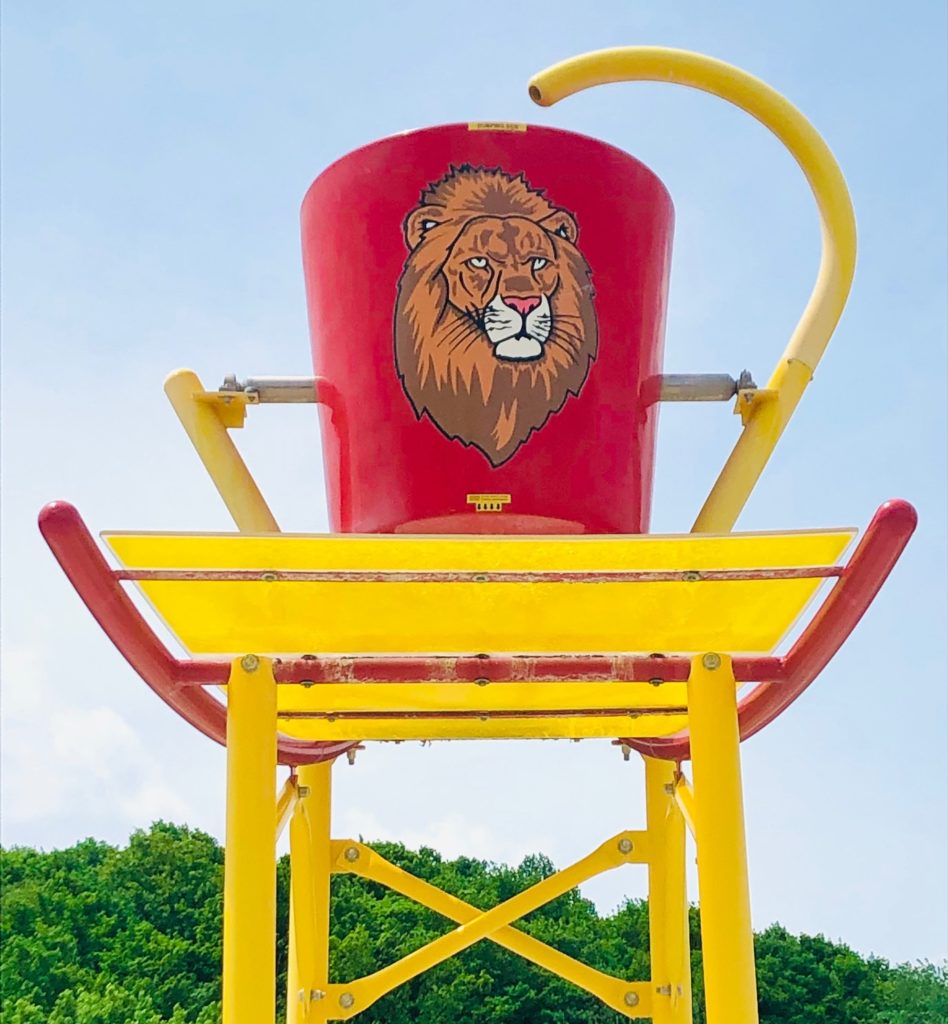
As Hooligan Heights looks toward a bright future and more prosperous change, it must be highlighted that many parts of the past are positive. While the social history of the neighborhood has been less than heartening, residents revere and celebrate local institutions and the memories evoked by them. People have fond recollections of many places in the neighborhood that are long gone, as well as existing local establishments such as the Poné Express (established ca. 1980, preceded by Milburn Gardens, established ca. 1934) and Flint Dance Studio (established ca. 1970). Most residents were fortunate enough to get their first years of education at the stately and architecturally magnificent LaSalle Elementary School (1926).
Looking to the future
When driving east into the neighborhood from South Bend, no signage exists to welcome guests into the city. However, the twin lamps that line the imposing Milburn Boulevard are unique to the city and silently call out: “Welcome to Mishawaka.” While businesses, institutions, and landscapes elicit pride and nostalgia, the more important parts of history include the roots of families and attachments to friends. For over one hundred years, residents have raised children, celebrated events, and created cherished memories that they will treasure forever.

While urban renewal tried to leave the Hooligan Heights appellation in a figurative cloud of dust, many have risen up to embrace the past identity of their neighborhood. Tributes are everywhere. In the 1980s, the author recalls someone’s impassioned message, spray-painted in 6-foot letters on the pavement on Delaware near Meridian: “Hooligan Heights Forever!” In the 2000s, a successful band with members from the area called themselves “Hooligan Heights.” Today, former and current Hooligans can interact with each other on the “Hooligan Heights Survivors” Facebook page. Locals are tough and tenacious, but they are also clearly sentimental.
In America, we often associate the Wild West with shoot-outs on Main Street and ceaseless drunken brawling in saloons. Those days are long gone, as are the days of calamitous urban experimentation in Hooligan Heights. While history is often uncomfortable or regrettable, it is important that it is understood. While restrictive racial covenants, redlining, and urban renewal led to undesirable outcomes, it is part of the fabric of Mishawaka’s past. When we have a better understanding of our history, we can genuinely work toward a better future.
Some residents of the far southwest side of Mishawaka may be ready for new and placid horizons. They may feel that rebranding as the “Mary Gibbard Neighborhood” is in order. Other current and former residents, however, will continue to reflect on the grit and the resilience of days gone by. Those are the people who continue to express the sentiment spray-painted on Delaware Street so many years ago: “Hooligan Heights Forever!”
